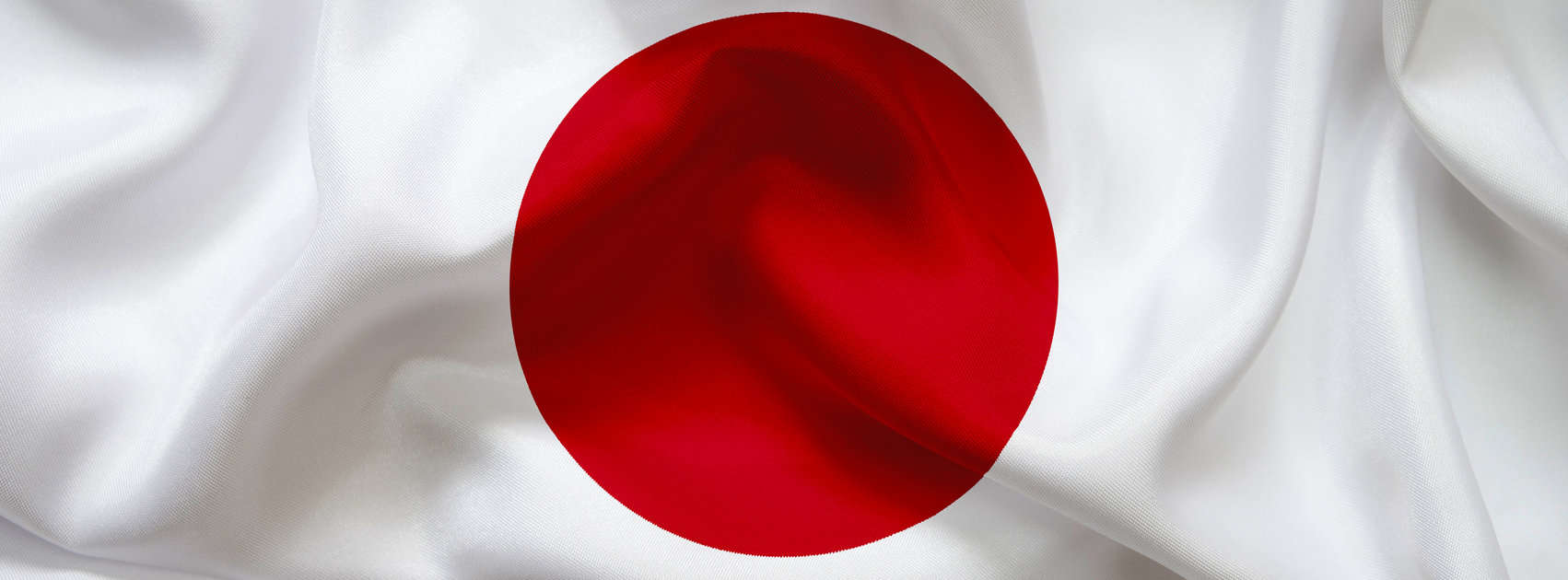Are you tired of awkward goodbyes at social gatherings? It’s time to try the Irish goodbye! This unique tradition allows you to leave a party or gathering without causing a scene or drawing attention to yourself.
Say Goodbye to Awkward Exits: The Origins and Etiquette of the Irish Goodbye

The Irish goodbye, also known as the “French exit” or “Scottish farewell”, is a unique way of leaving a social gathering without drawing attention to yourself or making a scene. This inconspicuous exit originated in Ireland and has since spread to other parts of the world. To perform an Irish goodbye, simply make your excuses and slip away unnoticed. No lengthy goodbyes or drawn out farewells are necessary.
But where did this tradition come from, and what are the proper etiquette guidelines for using it? The origins of the Irish goodbye are shrouded in mystery, but it is believed to have originated in Irish pubs. In these bustling and crowded establishments, it was often difficult to say a proper goodbye to friends without causing a disturbance. The Irish goodbye allowed patrons to leave discreetly, without interrupting the flow of conversation or requiring others to stop and say goodbye.
Over time, the Irish goodbye became a respected and accepted way of leaving social gatherings in Ireland. It is considered a polite and respectful way to exit a party or event without making a fuss. However, it is important to use the Irish goodbye with caution. It is not appropriate to use it in all situations, and it should never be used to avoid saying goodbye to the host or hostess of the event.
When used properly, the Irish goodbye can be a useful tool for making graceful and discreet exits from social gatherings. So next time you’re ready to leave a party, try the Irish goodbye and say farewell without causing a scene.
How to Leave a Party Gracefully with the Irish Goodbye

The Irish goodbye, also known as the “French exit” or “Scottish farewell”, is a unique way of leaving a social gathering without drawing attention to yourself or making a scene. It is a subtle and respectful way to make your exit, allowing you to slip away unnoticed. But how do you perform an Irish goodbye? Here are the steps to follow:
1. Make your excuses
Before you leave, take a moment to make your excuses to the group. This can be as simple as saying “I’m sorry, I have to be up early tomorrow” or “I’m feeling a bit tired, I think I’ll head home”. You don’t need to go into detail or make a big fuss, just provide a polite and reasonable excuse for leaving.
2. Slip away quietly
Once you have made your excuses, it’s time to make your exit. Try to do this discreetly, without drawing attention to yourself. You can do this by slowly moving away from the group, or by finding a natural break in the conversation to make your exit. Avoid saying goodbye to individual people, as this can be awkward and draw attention to your departure.
3. Don’t feel guilty
It’s important to remember that the Irish goodbye is a perfectly acceptable way to leave a party or social gathering. Don’t feel guilty or rude for using it. It’s a respected tradition that allows you to make a graceful and discreet exit without causing a scene.
By following these steps, you can leave a party gracefully with the Irish goodbye. So next time you’re ready to make your exit, try this unique and respectful way of saying goodbye.
The Irish Goodbye: A Quick and Respectful Way to Depart Social Gatherings

The Irish goodbye, also known as the “French exit” or “Scottish farewell”, is a unique and discreet way to leave a social gathering without causing a scene or drawing attention to yourself. It is a respected and accepted tradition in Ireland and has since spread to other parts of the world. If you want to make a quick and respectful exit from a party or event, here’s what you need to know about the Irish goodbye:
1. It’s not about avoiding goodbyes
Contrary to popular belief, the Irish goodbye is not about avoiding saying goodbye to people. It’s about making a graceful and discreet exit without interrupting the flow of conversation or causing a scene. So if you use the Irish goodbye, make sure to thank the host or hostess before you leave.
2. It’s not appropriate in all situations
While the Irish goodbye can be a useful tool for discreet exits, it’s not appropriate in all situations. It’s not polite to use it to avoid saying goodbye to the host or hostess of the event, or to leave a gathering without letting anyone know. Use your discretion and common sense when deciding whether to use the Irish goodbye.
3. It takes a little bit of stealth
Performing the Irish goodbye takes a little bit of stealth and quick thinking. You’ll need to make your excuses and slip away quietly, without drawing attention to yourself. This can be a bit tricky, but with a little practice you’ll be able to master the art of the Irish goodbye.
By understanding the etiquette and proper use of the Irish goodbye, you can make quick and respectful exits from social gatherings. So next time you’re ready to leave a party, try the Irish goodbye and say farewell without causing a scene.
Conclusion

Next time you’re at a party or social gathering, consider using the Irish goodbye to make your exit smooth and respectful. And remember, a little bit of stealth and quick thinking goes a long way in perfecting the art of the Irish goodbye.








